In his new book, Steven Schwankert has tried to clear the names of the Titanic’s Chinese survivors while also underscoring the fact that immigrant experiences have not changed much since 1912. Mariella Radaelli reports.
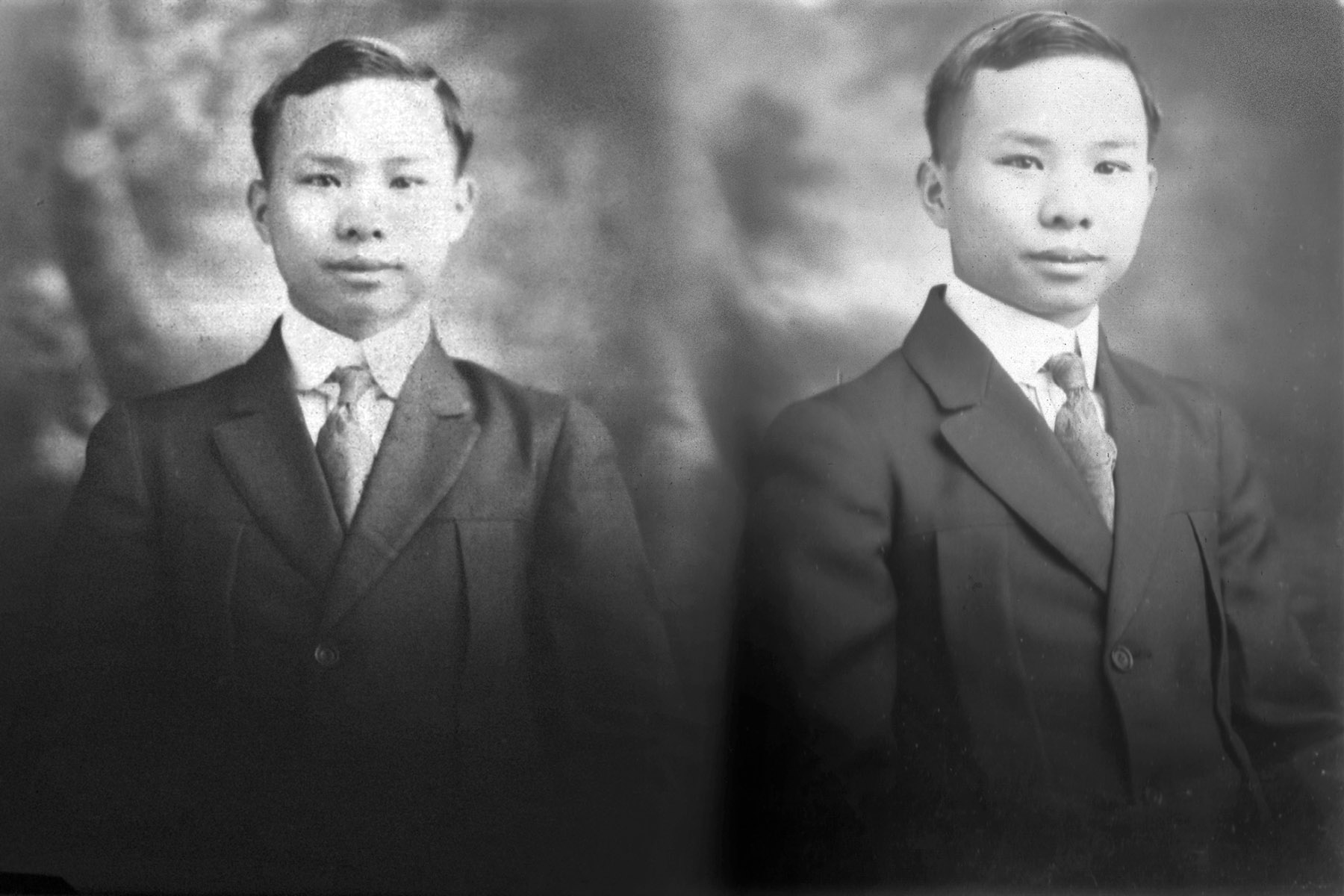
Remarkably, six of the eight Chinese passengers who sailed on the Titanic survived the disaster on that moonless night of April 15, 1912. Touted as the most luxurious ocean liner ever, the “unsinkable” vessel that had set sail from Southampton, England, sank about 740 kilometers off the coast of Newfoundland, Canada, after it hit an iceberg, killing 1,517 of the 2,200 people on board.
The pre- and post-Titanic lives of its Chinese survivors have been a bit of an obsession with Steven Schwankert, a Beijing-based American maritime historian. Published in April, his new book, The Six: The Untold Story of the Titanic’s Chinese Survivors, marks the culmination of a journey that began in 2013. In between then and now, Schwankert was also the lead researcher on the documentary film The Six (2021), directed by Arthur Jones.
While they were on board, the Chinese passengers — sailors on their way to start work on a newly opened Caribbean shipping route — went almost unnoticed. Following the disaster, however, the survivors among them began attracting attention for the wrong reasons. It was alleged, by both the public and the press, that they had gained access to lifeboats by unfair means.
“Newspaper articles containing baseless and vile accusations against these men were appearing in New York and elsewhere,” says Schwankert, quoting headlines such as “Chinese coolies save their lives by clever hiding” and “Disguised as women they secure places in lifeboats”.
It was primarily his wish to clear the names of the Titanic’s Chinese survivors that prompted Schwankert to write their story.
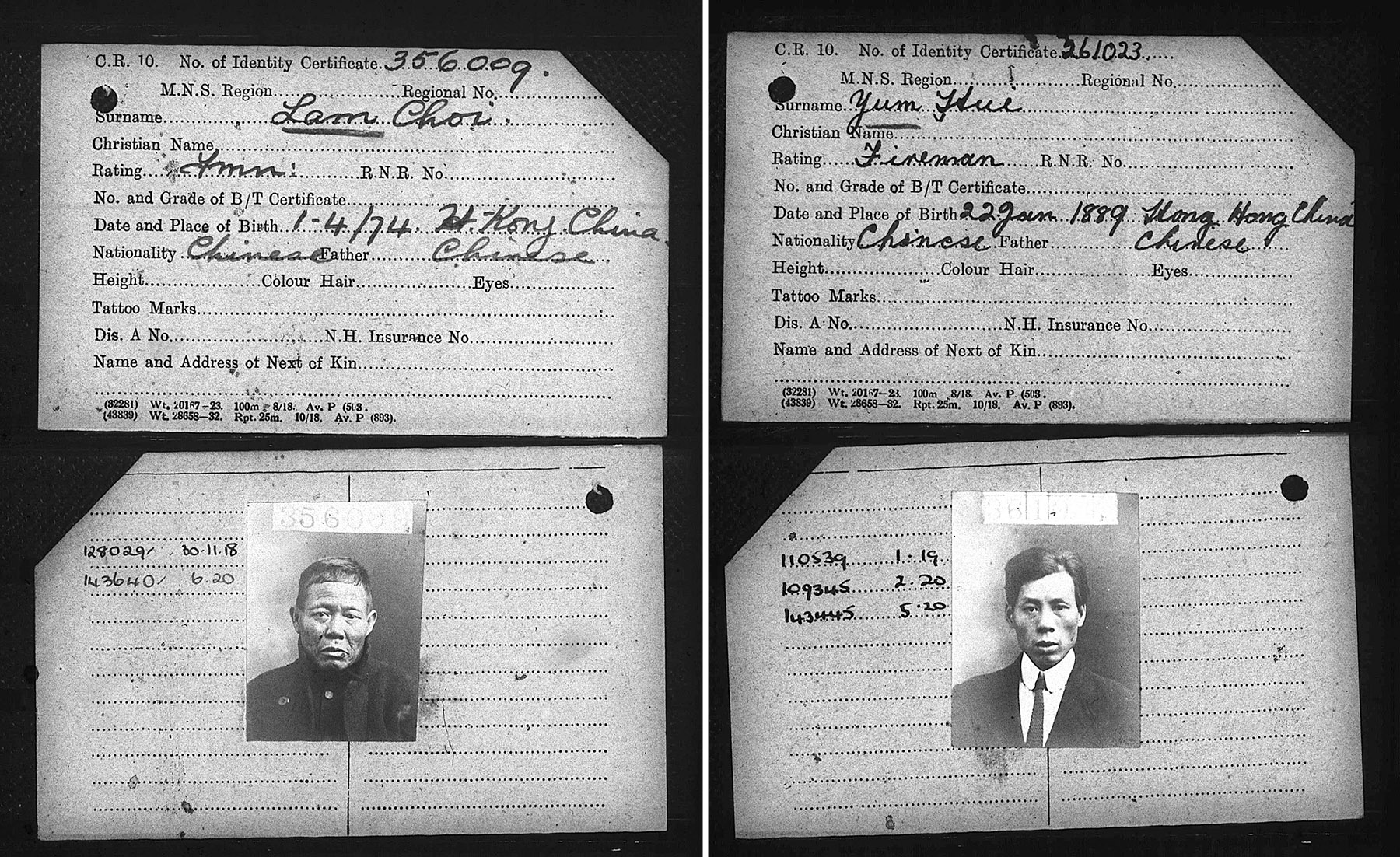
Their separate ways
The Chinese sailors traveled as a group on a single third-class passenger ticket that cost a little less than 60 pounds ($292) at the time. It was paid for by their future employer, the Donald Steamship Co. The man who hired them was also on board the Titanic.
Though the papers carried by the Chinese seamen identify them as Hong Kong citizens, Schwankert has reason to believe that most of them had roots in Taishan county, Guangdong province. After arriving in Hong Kong, they, or their ancestors, had settled along Des Voeux Road West. “Here they found a series of boarding houses, employment agencies, and remittance offices catering to their needs,” he says.
Though they were lumped together as a bunch of undistinguished sailors during the voyage, Schwankert has tried to reconstruct their lives as individuals in his book. He says that group leader, Ah Lam, might have been born in Hong Kong. Lam, who was 38 at the time, had already spent several years as a sailor and yet “was no more than a fireman, condemned to working in the engine room”. Available documents suggest that he was contracted to earn 1 pound more per month than the rest of the group on his new job.
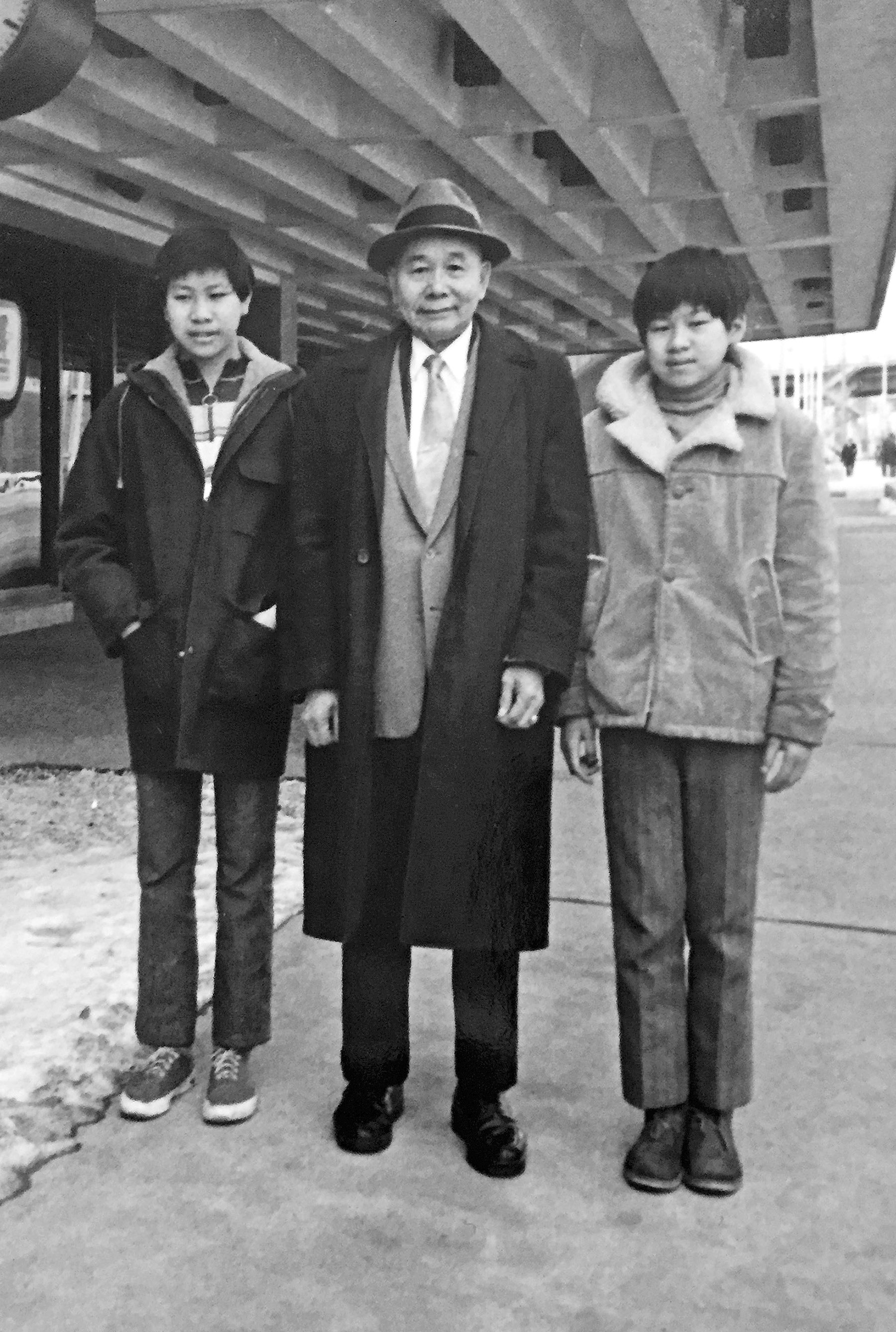
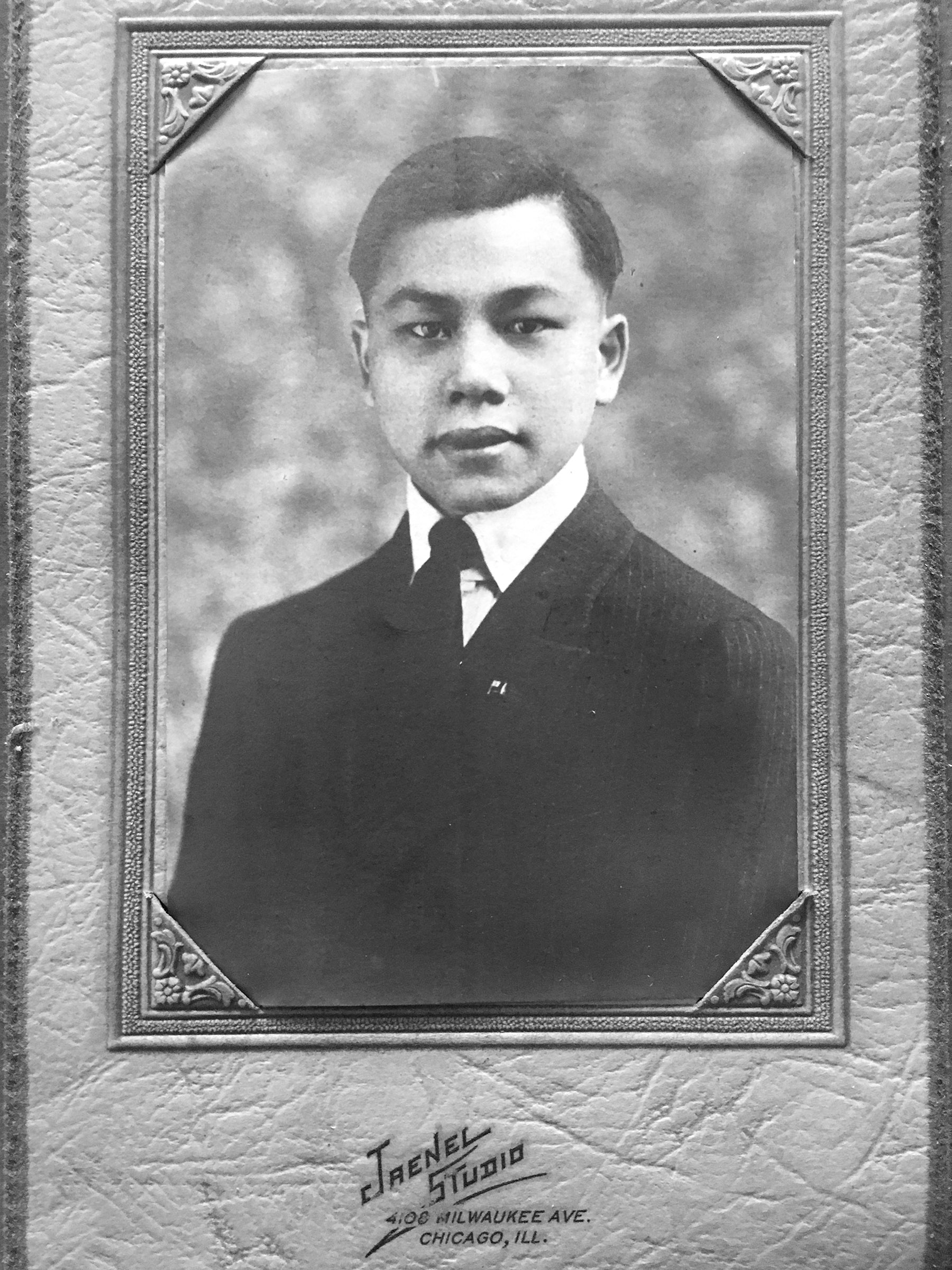
Schwankert draws attention to the fact that Lam “looks healthy but older than his age”, in the photo on his crew registration document. “The lines on his face could be waves upon the ocean. He is not smiling.”
Not much is known about Lam’s life in the aftermath of the Titanic disaster, as indeed is the case with another survivor, Cheong Foo.
By comparison, the story of another Hong Kong native, Ling Hee, who was traveling under the alias of Yum Hui, is more fleshed out. His crew registration card says he was born on Jan 22, 1889, and that his position was that of a fireman. The photo on the card shows a young man wearing a suit and tie — a scar streaking across his left cheek. In the early ’40s, he resurfaced in the state of California, living in San Francisco’s Chinatown for some years before joining the fishing and canning industry in Monterey. He is buried in the Chinese Six Companies Cemetery in Colma.
Lee Bing, from Hengtang village in northeastern Taishan and 32 at the time of the disaster, eventually settled in Galt, Ontario, where he opened restaurants and prospered.

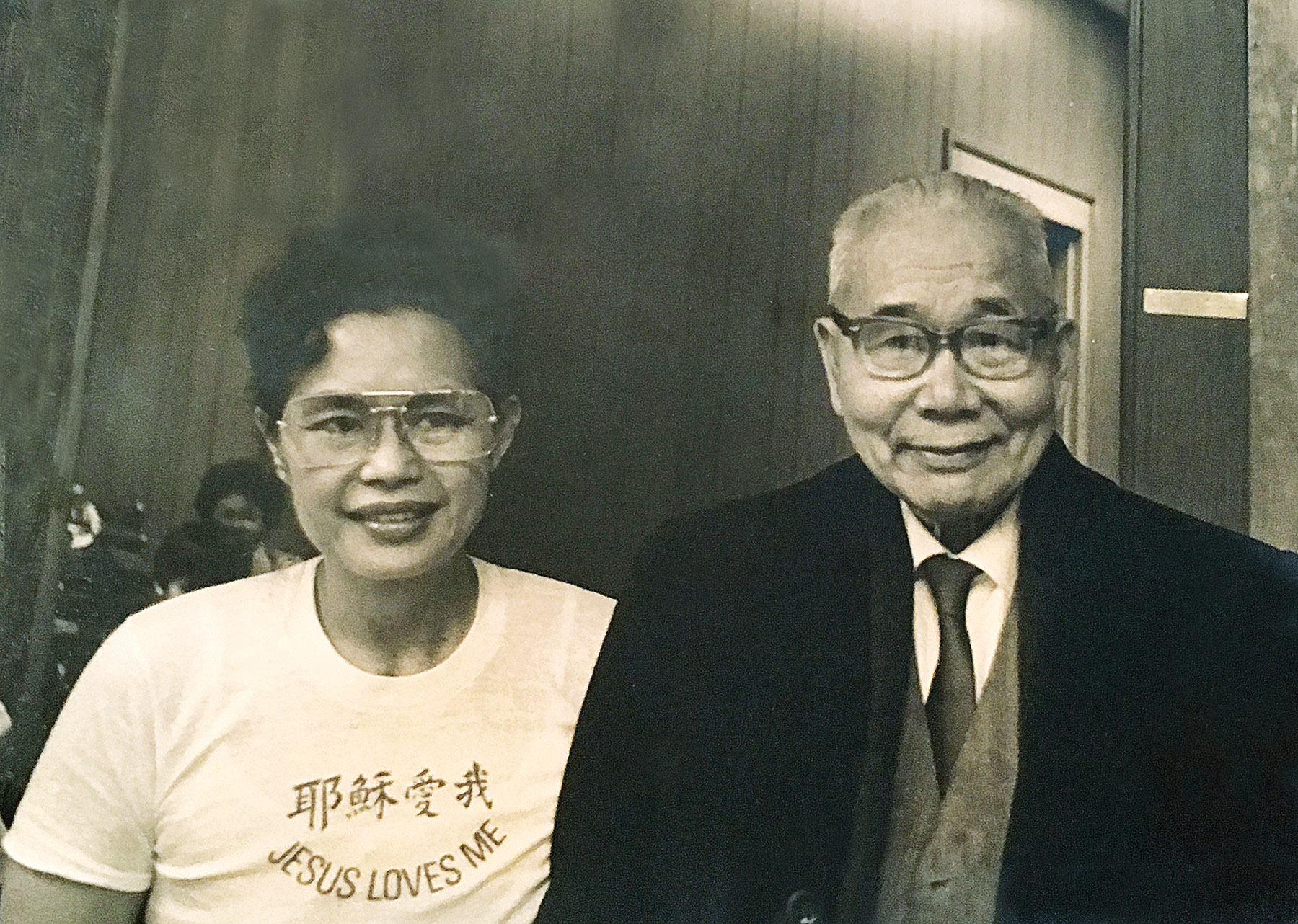
The ashes of the fifth survivor, Chang Chip, are entombed in a London cemetery.
The central character in Schwankert’s narrative is Fong Wing-sun, a native of Xiachuan Island in the South China Sea. On board the Titanic, he went by the name of Fang Lang and gave his age as 26, although he was probably 18. Fong saved his life by clutching onto a floating door. By the end of that fateful night, he was half-frozen and calling out for help in Cantonese, per observers’ accounts.
James Cameron, who filmed a scene inspired by Fong’s fight to save his life in his 1997 blockbuster hit Titanic, but deleted it from the final cut, writes in his introduction to The Six: “That man’s grit and determination to survive and my admiration for him inspired the now-famous Jack and Rose ending to Titanic,” in which Rose, like the real-life Fong, survives by clinging to a floating door.

The American Dream
Fong was chasing the American Dream when he boarded the Titanic. The plan was to eventually ditch the sailor’s life and start a small business together with colleagues Lee Ling, 28, and Len Lam, 23, in Ohio. But on the night of the shipwreck both his mates died from hypothermia. Len and Lee had followed their would-be-employer, and when either of them failed to get onto a lifeboat, all three ended up in the freezing water.
After spending years in the United States as an undocumented migrant, Fong earned his right of abode in the country and became an entrepreneur in Chicago. When he was 62, his Hong Kong friends introduced him to Marie, a 23-year-old Hong Kong resident, originally from Guangdong. The two married in Hong Kong, where their first child, John, was born. In 1959, the family returned to the USA and settled in Milwaukee, welcoming their second son, Tom, soon afterward.

The couple got divorced in 1966. Fong moved back to Chicago in 1973, and soon went on to acquire Cozy Inn, Wisconsin’s oldest Chinese restaurant, located in Janesville. He passed away in 1986, and is buried in Mount Auburn Cemetery in Stickney, Illinois. The Janesville eatery is run by his son Tom.
When Schwankert visited Tom in Janesville, the latter revealed that his father always carried a notebook. Fong’s sons were told that they would be free to read it only after his death. Unfortunately, the notebook is lost, but a poem in which Fong recalls the miraculous moment of realizing that he had survived the disaster, remains.
“A great-nephew of Fong’s shared the poem with us during our visit to his native village,” Schwankert says. “Fong had sent it to him and his mother.”


Reconstructing history
Tracking down the survivors’ descendants turned out to be a long and arduous process for Schwankert. Going by what he has pieced together on the basis of archival materials and interviews, here’s how the story of the Titanic’s Chinese passengers might have unfolded on that fateful night.
They stuck together until the Titanic was almost totally submerged. Ah Lam, Chang Chip, Lee Bing and Ling Hee managed to get on a collapsible lifeboat marked C.
Schwankert has built a full-scale model of lifeboat C to illustrate his case that given the boat’s structure and size, it would not have been possible for anyone, let alone four grown-ups, to sail away in it while remaining hidden.
“It was important for us to move from the realm of legend and myth to where we could test what was possible … so that the laws of physics could be the final arbiter,” the author says.


Titanic expert Tad Fitch says that Schwankert’s research solves the identity of the Titanic’s Chinese survivors and offers invaluable cultural context that brings their lives into sharp focus.
Xu Guoqi, a professor of history and founder of the Institute of Transnational History of China at the University of Hong Kong, however, contends that The Six might only have skimmed the surface of “a story of transnational significance”, waiting to be unearthed. “The book and the documentary are still insufficient for us to know the whole story. They are just the beginning.”
Schwankert hopes other researchers will pick up the story from where he and his team have left off. He points out that the problems faced by the Titanic’s Chinese passengers continue to exist, though it is time that “we can begin to understand them, recognize them, and then begin to address them”.
“I’m talking about prejudice and our attitude toward immigrants.”
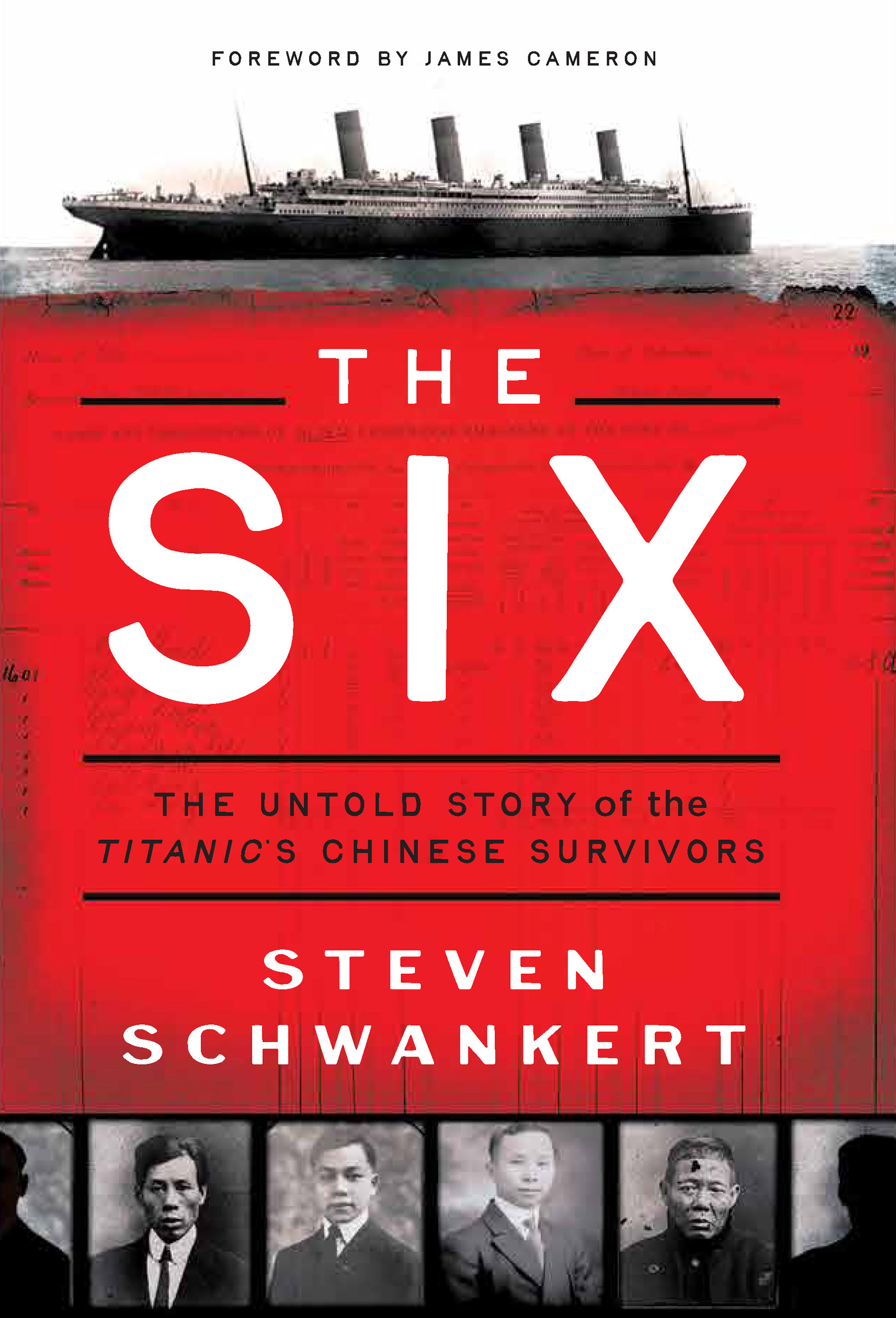
If you read
The Six: The Untold Story of the Titanic’s Chinese Survivors
By Steven Schwankert
240 pages, Price: HK$288
http://pegasusbooks.com/books



